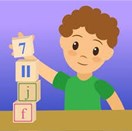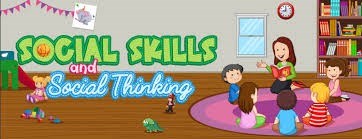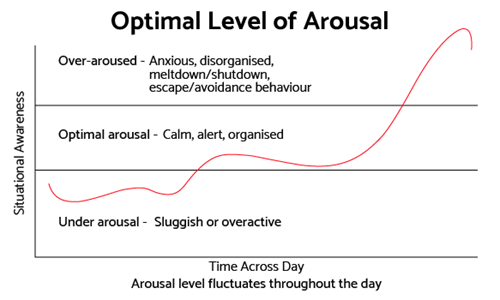Learning is a key occupation for children and young people
 The school context may pose substantial difficulties for children who are experiencing sensory processing issues as compared to the home context given that both contexts pose different sensory circumstances. For example, the home context may be quieter than in schools where there is a classroom full of students. In school, children who are hypersensitive to sensory stimuli may be distracted by noisy children or be overwhelmed by bright lights and fire alarms. Thus, in contrast to the home context, the transition to school life for young children with ASD may result in them feeling overwhelmed when they are
The school context may pose substantial difficulties for children who are experiencing sensory processing issues as compared to the home context given that both contexts pose different sensory circumstances. For example, the home context may be quieter than in schools where there is a classroom full of students. In school, children who are hypersensitive to sensory stimuli may be distracted by noisy children or be overwhelmed by bright lights and fire alarms. Thus, in contrast to the home context, the transition to school life for young children with ASD may result in them feeling overwhelmed when they are
experiencing sensory overload or experience discomfort when they are unable to seek out sensory input.
- Children who are hypersensitive to auditory stimuli may be distracted by background noises, affecting their ability to listen to important instructions.
- Children may be distracted because they focus on the clothing that they are wearing.
- Children may seek proprioceptive and vestibular input by rocking, spinning, or flapping their hands to calm themselves down.
- Children with high activity levels and who enjoy seeking movement may fidget excessively in their seats or disrupt lessons when they are supposed to sit still.
Often, these children get misunderstood as displaying inappropriate behaviours, but they are seeking sensory input or being over-responsive to them. The inattention and distraction caused by sensory processing challenges that children with autism face can, thus, potentially affect their learning and their school life.
Secondly, children with sensory processing challenges may feel easily distressed and anxious in school or classroom settings. A child may get stressed out and feel anxious for several reasons:
A child may get stressed out and feel angry when the class is too loud and noisy. Upon experiencing loud noises, they may cover their ears, become very upset and cry.
When in close proximity with people such as during situations like group work or along the corridors, children may experience distress and discomfort as some children hate being touched by other people.
Distressing and anxiety-provoking situations that overstimulate children can also reduce their ability to pay attention in class, thus disrupting their learning.
Thirdly, there is limited classroom participation as children with sensory processing challenges get easily overwhelmed being in classrooms or schools. They may leave the classroom or avoid school altogether, thus affecting their learning adversely.
To conclude, children with ASD who often experience sensory processing challenges may be inattentive and distracted, feel distressed and anxious, and have limited classroom participation where all these ultimately affect their learning and school life. Given that sensory processing challenges are noticeable only in certain contexts, it is necessary to identify the specific factors in the environment that affect children’s learning and school life before crafting out target interventions to minimise the effects of it on their learning and school life.





